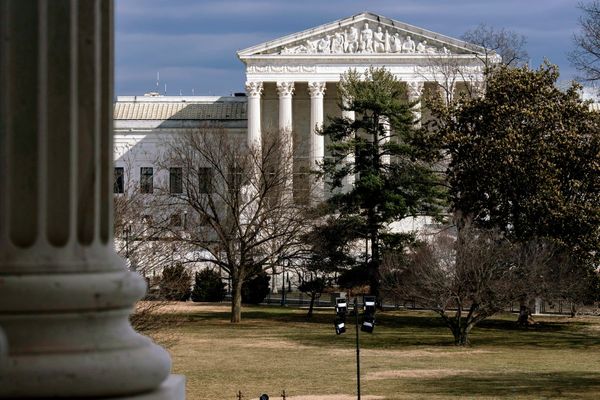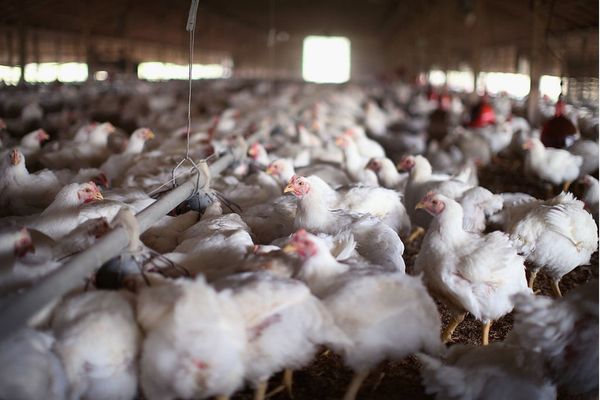
Why is it so spicy? a cave biome in New Mexico is likely asking. Last week, it was snack time for the mold in Carlsbad Caverns National Park when a visitor released a crumpled bag of Cheetos into the natural attraction.
The monument’s Facebook account now houses a poetic statement regarding the incident, explaining that “we affect the world around us in subtle ways,” whether it be purposeful or not. Some of our influence, though, is “completely avoidable,” they add, referring to a full snack bag that was dropped in off-trail terrain.
“To the owner of the snack bag, the impact is likely incidental. But to the ecosystem of the cave it had a huge impact,” the post reads, with a picture of a bag of Cheetos dropped in the Big Room of the park. The Big Room, the largest single cave chamber by volume in North America, is the most popular trail in the collection of 119 underground caves. The landscape was carved millions of years ago by sulfuric acid corroding limestone into passages.
The natural environment is both old and fragile, and a Cheeto can be the tipping point if humans aren’t careful.
“The processed corn, softened by the humidity of the cave, formed the perfect environment to host microbial life and fungi,” warns the park’s social media post. “Cave crickets, mites, spiders and flies soon organize into a temporary food web, dispersing the nutrients to the surrounding cave and formations. Molds spread higher up the nearby surfaces, fruit, die and stink. And the cycle continues.”
It took rangers 20 minutes to delicately remove “foreign detritus and molds from the cave surfaces,” and while some of creatures of the short-lived ecosystem are cave-dwellers, “many of the microbial life and molds are not.” In other words, the processed bright orange 21st century snack begat an artificial environment quite quickly, and in a potentially imbalanced way — much like a Celsius energy drink would affect a Victorian child.
“A lot of folks today treat national parks like theme parks. Park officials have used the Cheetos mishap to stress, in a fun and accessible manner, how human actions are altering the natural world,” Jut Wynne, cave scientist and conservation ecologist, explained to The Washington Post. “Careless behavior in our natural wonders have consequences.”
Indeed, capitalism has made these natural landscapes into Disneyland, more or less. Foot traffic to just this park reached 394,000 visitors last year, contributing $31.9 million to the local economy, according to a National Park Service report. National parks contribute to our own life cycle, boosting the nation’s economy by a whopping $55.6 billion. Overtourism, as further spurred by the the shadow of the pandemic, can translate into people destroying rock foundations, natural wear and tear from increased visitation, and perturbed flora and fauna from those who go-off trails.
For these places to stay tourist attractions, humans must be aware of their potential impact to the real nature that sustains the place. “At the scale of human perspective, a spilled snack bag may seem trivial, but to the life of the cave it can be world changing,” noted the park.







